Premium supplement manufacturer, Alpha Lion, has been on the bleeding edge of supplement innovation since they first appeared on the scene. Case in point: Alpha Lion was the first company to bring MitoBurn (L-BAIBA) and CaloriBurn GP (grains of paradise extract) to the consumer market with their Alpha Lion Gains Candy line, launching Gains Candy MitoBurn and a Gains Candy CaloriBurn as well as a SuperHuman Burn fat burning pre-workout with the novel compounds inside.
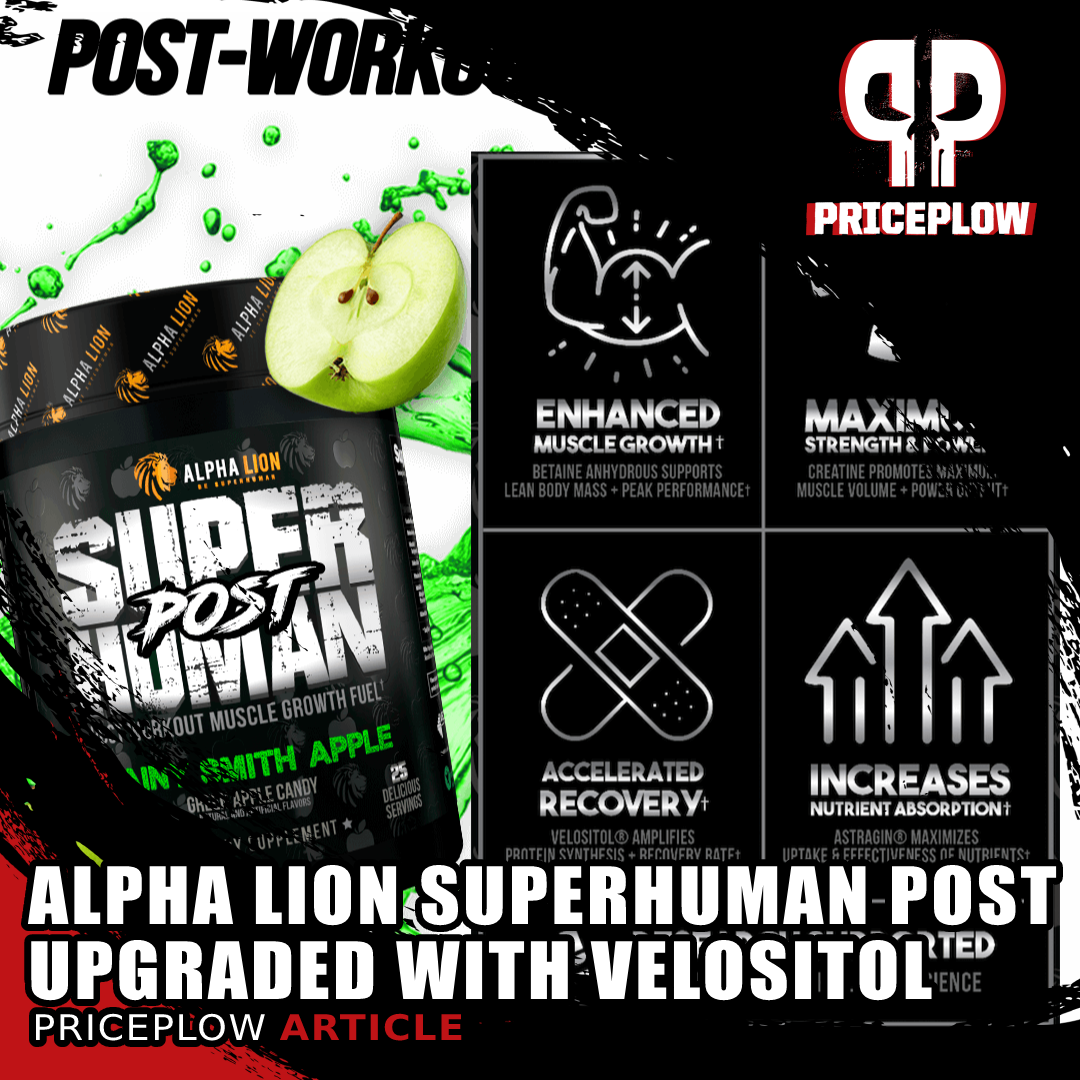
The incredible SuperHuman Post post-training supplement has been upgraded by Alpha Lion -- with Velositol!
MitoBurn and CaloriBurn are now two heavily-used fat burning ingredients on the supplement market, so it was definitely a testament to Alpha Lion's vision that they recognized the promise of these compounds early on.
They're doing it again, this time with Velositol, pairing it with creatine, betaine, and AstraGin for some post-workout recovery:
A New Kid on the SuperHuman Block: The new SuperHuman Post
The motto of Alpha Lion is Be Superhuman – so when they update a product called SuperHuman Post, putting the core of their brand on the product label, you know it's gonna be good.
That's why we're so stoked about Alpha Lion's SuperHuman Post post-workout supplement – with generous doses of veteran generic ingredients as well as some new, lesser-known designer ones, Alpha Lion is putting you in a prime position for massive gains and hugely accelerated muscle protein synthesis (MPS).
But first, let's check the PricePlow deals on Alpha Lion, and brand news:
Alpha Lion SuperHuman Post – Deals and Price Drop Alerts
Get Price Alerts
No spam, no scams.
Disclosure: PricePlow relies on pricing from stores with which we have a business relationship. We work hard to keep pricing current, but you may find a better offer.
Posts are sponsored in part by the retailers and/or brands listed on this page.
Note: In the price comparisons above, make sure the site has the label with Velositol on it if you'd like the new formula discussed below!
This area is reserved for Team PricePlow's upcoming Ingredients video.
Subscribe to our channel and sign up for notifications so you catch it when it goes live!
Ingredients
In a single, 1-scoop (12.9 g) serving of Alpha Lion Post, you get the following:
-
Creatine Monohydrate – 5,000 mg
Creatine monohydrate is an incredibly well studied sports supplement. Dozens, if not hundreds, of incredibly high quality peer-reviewed studies have shown that creatine supplementation can improve athletic performance in multiple domains.
The mechanism of action behind creatine's efficacy is its ability to increase the production of adenosine triphosphate (ATP).[1-5] Because ATP is the fundamental unit of energy that your body uses to carry out all metabolic processes – the gasoline to your body's engine – increasing ATP levels directly increases the physical capabilities of your body.
Specifically, the research indicates that creatine supplementation can:
- Increase muscular power[6,7]
- Cause lean mass gains[8-13]
- Help you sprint faster[14-16]
- Increase cellular hydration[17]
- Reduce feelings of fatigue[18-21]
- Increase overall feeling of well-being[22-25]
- Improve cognition in certain populations[26,27]
- Raise testosterone levels[28-32]
- Increase bone density[33]
The populations that seem to cognitively benefit from creatine supplementation are, specifically, vegans and vegetarians, because the best dietary source of creatine is meat — meaning anyone who eats little or no meat is at higher risk of developing a creatine deficiency.
Your next question is probably: Well, if creatine occurs naturally in food, then is it possible to get enough creatine just from food, without taking a supplement?
The answer to this question is yes, in theory, but in practice very few of us get enough creatine from food. The average American man gets only 1 measly gram of creatine per day from his food,[34] and eliminates about 2 grams of creatine from his body every day.[25,35,36]
This means that, yes, the average American male is eating less creatine than his body uses – fortunately for us, our bodies are capable of synthesizing creatine on their own to cover the deficit, but making creatine is a metabolically expensive process that can be avoided through creatine supplementation.
For athletes, or anyone who works out, the situation is even worse – exercise can increase urinary excretion of creatine by as much as 50%.
That's why the standard dose of creatine monohydrate, used in Alpha Lion Post and the overwhelming majority of creatine-containing supplements, is 5 grams – it's enough to more than cover your daily creatine requirements, allowing your cells to be saturated with creatine over time and giving your body a break from making its own.
Because your body's creatine stores are depleted by exercise,[37] it does make a lot of sense to take your creatine immediately after exercise, even though most people take it beforehand.
-
Betaine Anhydrous – 2500 mg
Betaine, sometimes referred to by its chemical name trimethylglycine (TMG), is an ergogenic aid, a category of substances that increase the human body's capacity to do physical work. Some of the ingredients we've already seen – namely citrulline and beta-alanine – would also be considered ergogenic aids. Caffeine, which is also present in Alpha Lion Superhuman Post and which we'll discuss later on, is one of the best-studied and most widely used ergogenic aids.
A landmark 2013 study showed that 2.5 grams of betaine every day can have profound effects on body mass and strength[41]
Each ergogenic aid increases performance by acting on a different metabolic pathway. For example, citrulline enhances performance by increasing NO production – betaine does it by donating methyl groups to your cells for use in a process called the methylation cycle, which is incredibly important for a huge range of your body's metabolic functions.
Some of the metabolic processes affected by the methylation cycle.[38]
Depicted in the above graphic are just some of the metabolic processes affected by methylation. Without methyl groups, all of that grinds to a halt, which is a pretty big problem for your health and performance. You can see that, among other things, properly functioning methylation is required for converting homocysteine to cysteine,[39] which in turn is used by your body to make glutathione.
If homocysteine levels are too high, and glutathione levels are too low, really bad things start to happen in your body – high homocysteine has been associated in the research literature with atherosclerosis and other manifestations of cardiovascular disease,[39] and glutathione is one of your body's most powerful endogenous antioxidants, absolutely crucial for maintaining the integrity of your cells in the face of oxidative stress.
Methylation also affects your body's utilization of creatine, another potent ergogenic aid that is naturally present in your muscle tissue.
So you definitely want ample methyl groups available for your body to use in carrying out all these different processes.
Besides donating methyl groups to the methylation process, betaine also acts as an osmolyte, helping cells hold on to water[40,41] and protecting them against heat shock,[42] which is a concern during intense exercise, especially if you're exercising in a hot environment.
Betaine has tons of research showing that it improves athletic performance, specifically endurance.[43-48] Two particularly important studies demonstrated that a 2,500-milligram daily dose of betaine – the same dose used in Alpha Lion SuperHuman Post – can cause a 5.3-pound gain in lean body mass and a 6.4-pound loss of body fat over a six-week period.[41,49] That's a 3% reduction in body fat in less than two months!
This effect of betaine on body composition is the main reason why we're seeing it in a post-workout supplement. Although typically used before or during exercise for its ergogenic properties, consistent betaine supplementation after your workouts can definitely support athletic endurance and recovery in the long run.
-
Velositol (Amylopectin chromium complex) – 2,000 mg
Velositol is a designer ingredient consisting of chromium picolinate, chromium histidinate, and amylopectin starch.[50] Its main purpose is to increase muscle protein synthesis (MPS) by increasing the bioavailability of dietary protein, although as we will see, it has some other beneficial effects as well.
Made by Nutrition 21, the experts in Chromium and Insulin management, Velositol can boost Muscle Protein Synthesis by using chromium and a 'tickle' of insulin-spike from amylopectin!
Nutrition21, the brain trust behind Velositol, has been working with the essential mineral chromium for over two decades. In fact, one of Nutrition21's first big successes was Chromax, a trademarked chromium complex with exceptional bioavailability. Since its release, Chromax has been examined by over 50 peer-reviewed, published research studies attesting to its insulin sensitizing effects.[51]
Nutrition21 first got interested in chromium picolinate because of the fact that chromium's effects on insulin make it an excellent blood sugar control supplement, which is how it's traditionally been used by the industry.
What the scientists at Nutrition21 realized was that because chromium increases insulin sensitivity in muscle tissue, it had potential as an anabolic growth and recovery agent as well.
Velositol mechanism of action
Because insulin is responsible for moving nutrients into cells, it plays a crucial role in post-workout recovery. For your cells to protect themselves against the oxidative stress that occurs during exercise, and repair damaged muscle tissue afterwards, insulin must move amino acids, glucose, and other trophic factors into your cells.
So the ingredient can increase Muscle Protein Synthesis with protein... but NOT add to an increase blood glucose levels?! Color us interested...
By increasing the insulin sensitivity of your cells, Velositol basically maximizes their ability to absorb nutrients, thus speeding up and amplifying the recovery process.
Velositol is meant to be taken alongside protein, so we definitely recommend pairing Alpha Lion SuperHuman Post with a high-protein meal or perhaps a premium whey protein supplement. Over time, this combination of Alpha Lion and protein can lead to better body composition.
Velositol research
So how well does Velositol work? A team of researchers set out to answer that question in their 2017 clinical study, which randomized participants to one of two groups.[52]
This chart is from a preclinical study,[53] using ascending amounts of whey protein - and the results ascend as well!
Both groups exercised, and then took one of the following supplements after finishing their workout:
- Whey protein alone
- Whey protein + Velositol[52]
Researchers then directly measured the participants' rate of muscle protein synthesis (MPS) and found that the Velositol + whey group had significantly higher rates of MPS, on average, than the group that only took whey protein.[52]
However, the 2017 study used relatively small doses – only 6 grams of whey protein per serving, which is enough to detect whether the Velositol was increasing MPS, but not enough to actually cause much of a difference in the lean mass gains or body composition of the study participants.
So a follow-up animal study, also published in 2017, was conducted with the aim of testing Velositol's effects on larger doses of supplemental protein, as well as different kinds of protein.[53]
This time, a sample of Wistar rats were randomized to three treatments, administered following forced treadmill exercise:
- Whey protein with increasing doses ( human equivalent dose of 6-40 grams)
- Pea protein (human equivalent dose of 6 grams)
- Branched-chain amino acids (BCAAs – human equivalent dose of 6 grams)
Once again, the researchers found that the groups who got Velositol and protein had substantially higher rates of MPS than the groups that got protein alone.
The Velositol groups had significantly higher levels of musclin, a muscle messenger protein (myokine) that is produced by exercise and triggers MPS and hypertrophy.[54]
Velositol can improve exercise performance over time
So if Velositol is increasing MPS, then over time we would expect it to increase the exercise performance of those who take it.
And that's exactly what the latest research on Velositol shows!
New data published in the Journal of Exercise and Nutrition shows that Nutrition21's Velositol, a protein-boosting Amylopectin-Chromium Complex, boosts exercise performance!
A double-blind, randomized, placebo-controlled study published in the Journal of Exercise and Nutrition divided subjects into three groups who took the following supplements while training for 8 weeks:
- 2 grams of Velositol + 15 grams of whey protein
- 15 grams of whey protein
- 30 grams of whey protein
By the end of the study period, the group taking Velositol with 15 grams of whey showed greater improvements to their total squat reps, vertical jump power, and vertical jump height than the groups who only took protein.[55,56]
The Velositol group even did better than the group taking 30 grams of whey![55,56]
Believe it or not, there's even more to say about Velositol! If you're interested in reading our long-form article on this awesome ingredient, check the following link: Velositol Increases Exercise Performance: New University Study Published.
-
AstraGin Astragalus membranaceus (root) and Panax notoginseng (root) Extract – 50 mg
Since we've already covered creatine and betaine in this article, you should know by now why ATP is so important, and how it can enhance the function of any type of cell.
AstraGin also works by increasing ATP production – specifically, by increasing ATP availability to intestinal cells, which use that ATP-based energy to absorb nutrients.[57,58] More ATP means greater nutrient absorption.
In other words, AstraGin increases the bioavailability of the supplements that you take with it, which is why it's becoming increasingly common in premium supplements.
For a long time, piperine, an alkaloid that occurs naturally in black pepper, was the go-to bioavailability enhancer, but is being slowly displaced by AstraGin as an industry consensus emerges that AstraGin is more effective.
We really like seeing appropriately-dosed bioavailability-enhancing ingredients in supplements because, ultimately, these ingredients are maximizing the value that consumers get for their dollars.
That's why we're fans of the 50-milligram dose, which is twice the standard AstraGin dose of 25 milligrams.
Over 20 published studies attest to the ability of AstraGin and its bioactive constituents to increase nutrient absorption,[59-64]
-
Sodium Citrate (75 mg), Potassium Citrate (75 mg), and Calcium Citrate (25 mg)
Potassium, sodium, and calcium are all electrolytes, electrically conductive metal atoms that help facilitate muscular activity. Electrolytes are crucial for optimal athletic performance, as they enable cellular hydration and help prevent muscle cramping.[65,66]
It makes sense to throw a little electrolyte support into any formula that's designed to be taken post-workout, because electrolytes are lost in sweat during exercise, so they need to be replenished once your workout is over.
Electrolyte replenishment is especially important since the first impulse most people have after working out is to rehydrate by drinking water – the problem being that plain water can actually make the electrolyte situation worse. Because plain water has a relatively low osmotic pressure, it has a tendency to pull even more electrolytes out of your body than you've already lost during exercise.
Flavors Available
Conclusion
Alpha Lion Post is straight to the point, no BS: it's designed to replenish nutrients like creatine that have been depleted by the exercise, and then massively increase your body's anabolic response to your recovery protein with a big dose of Velositol.
We just want to reiterate that in order for Alpha Lion Post to be maximally effective, you must combine it with dietary protein in some form, whether that's protein-rich whole foods or a premium protein supplement.
Alpha Lion SuperHuman Post – Deals and Price Drop Alerts
Get Price Alerts
No spam, no scams.
Disclosure: PricePlow relies on pricing from stores with which we have a business relationship. We work hard to keep pricing current, but you may find a better offer.
Posts are sponsored in part by the retailers and/or brands listed on this page.
Note: In the price listings above, make sure the site has the label with Velositol on it if you want the formula discussed above!
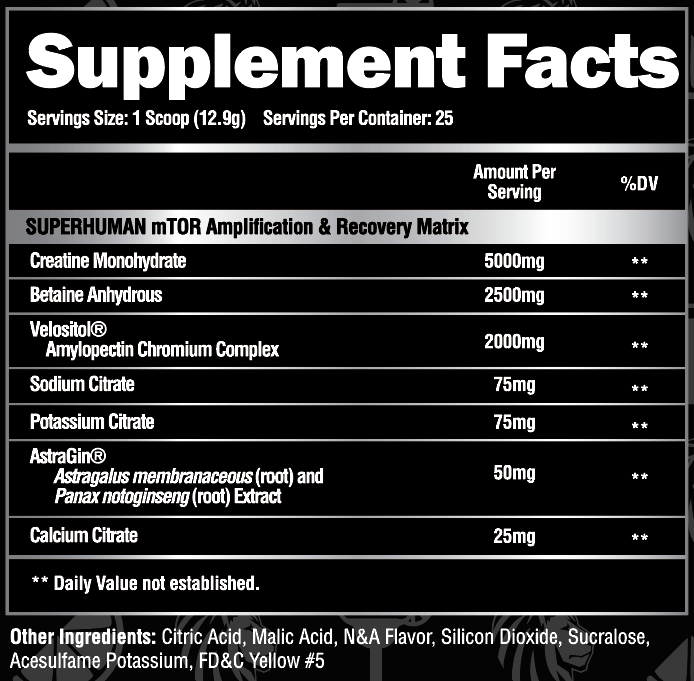
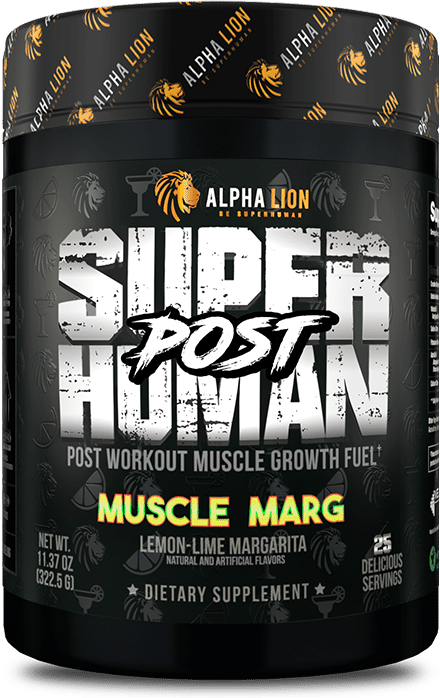

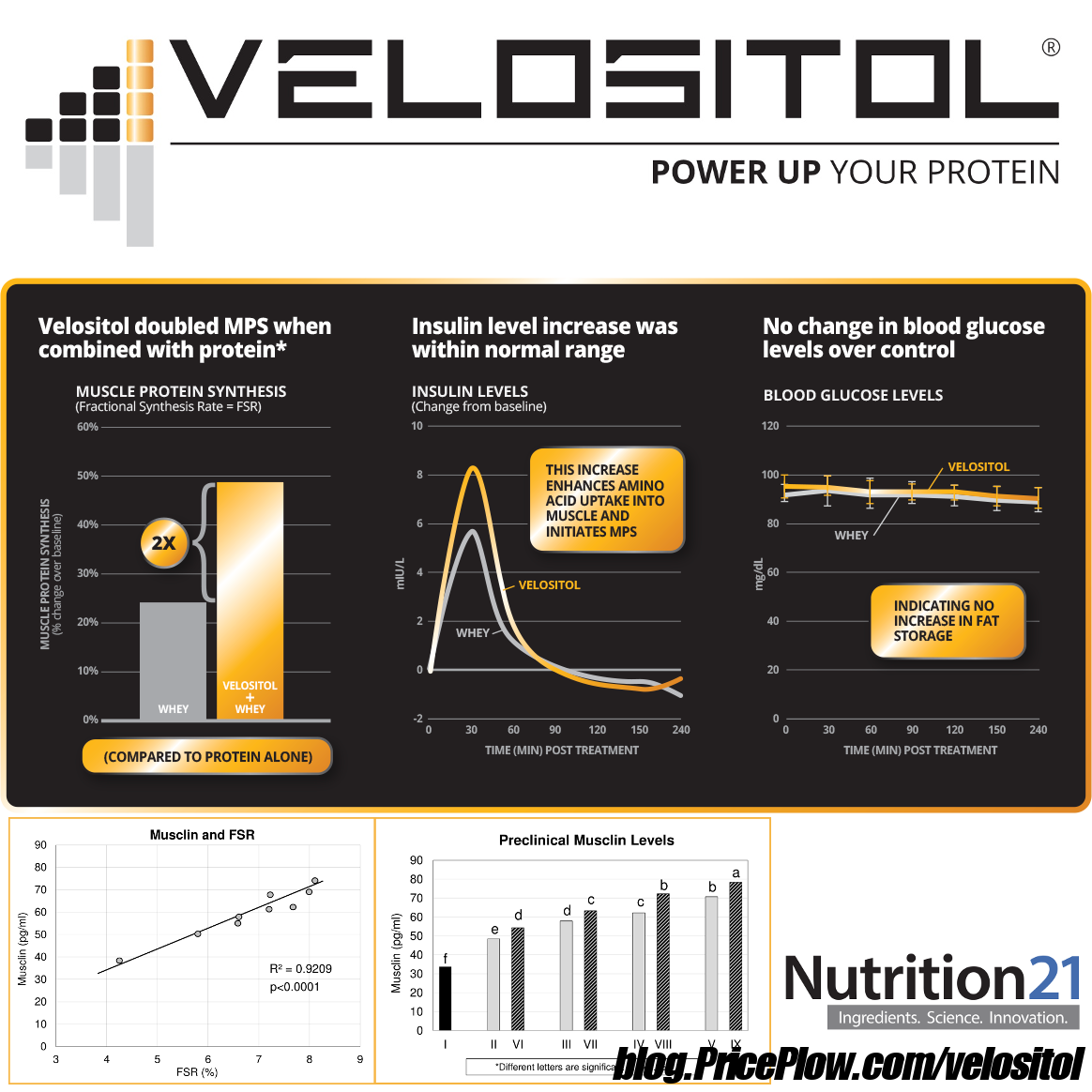
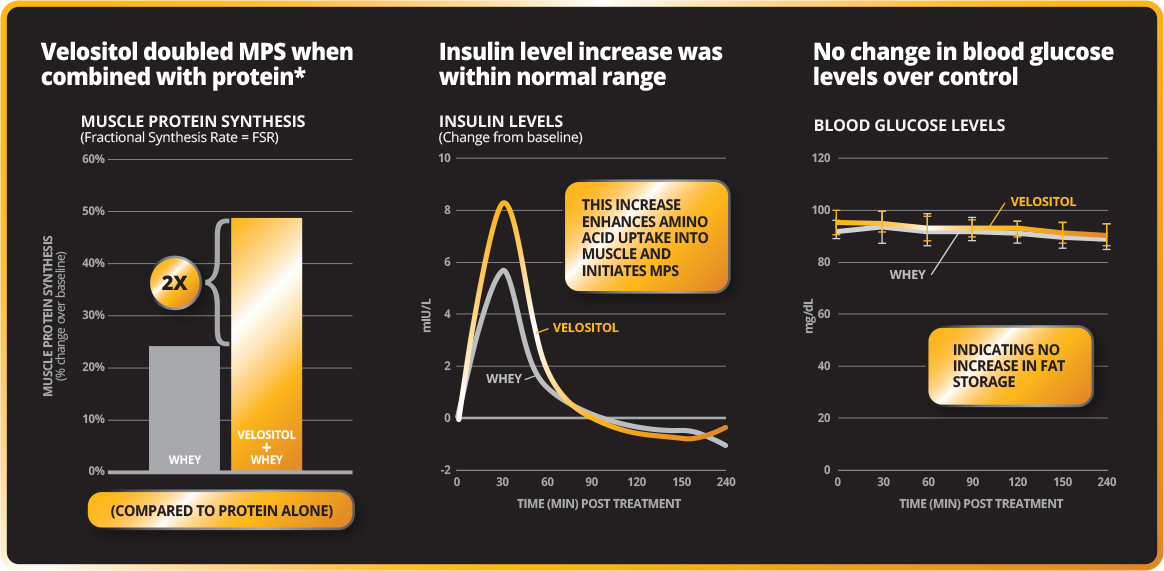
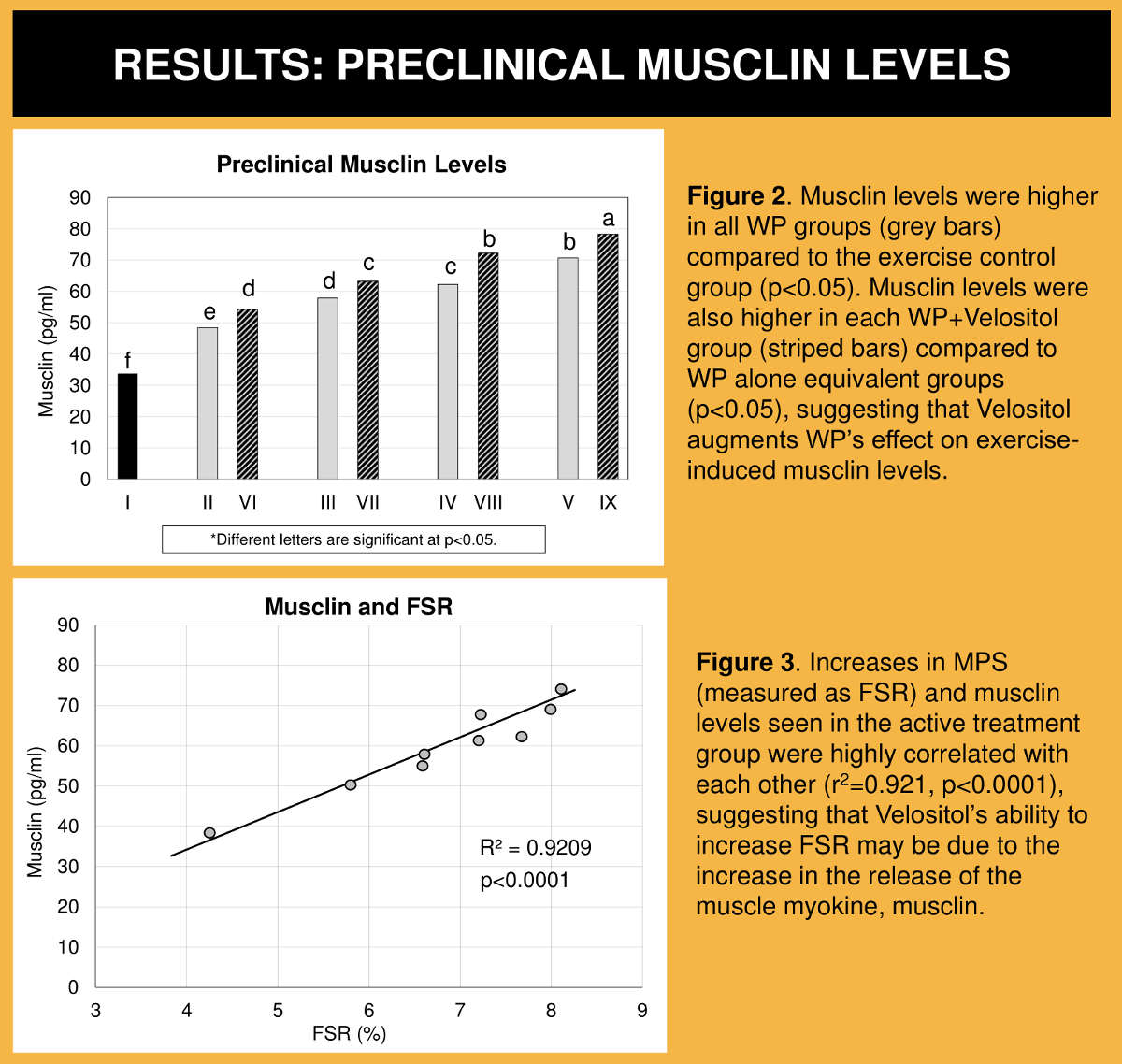
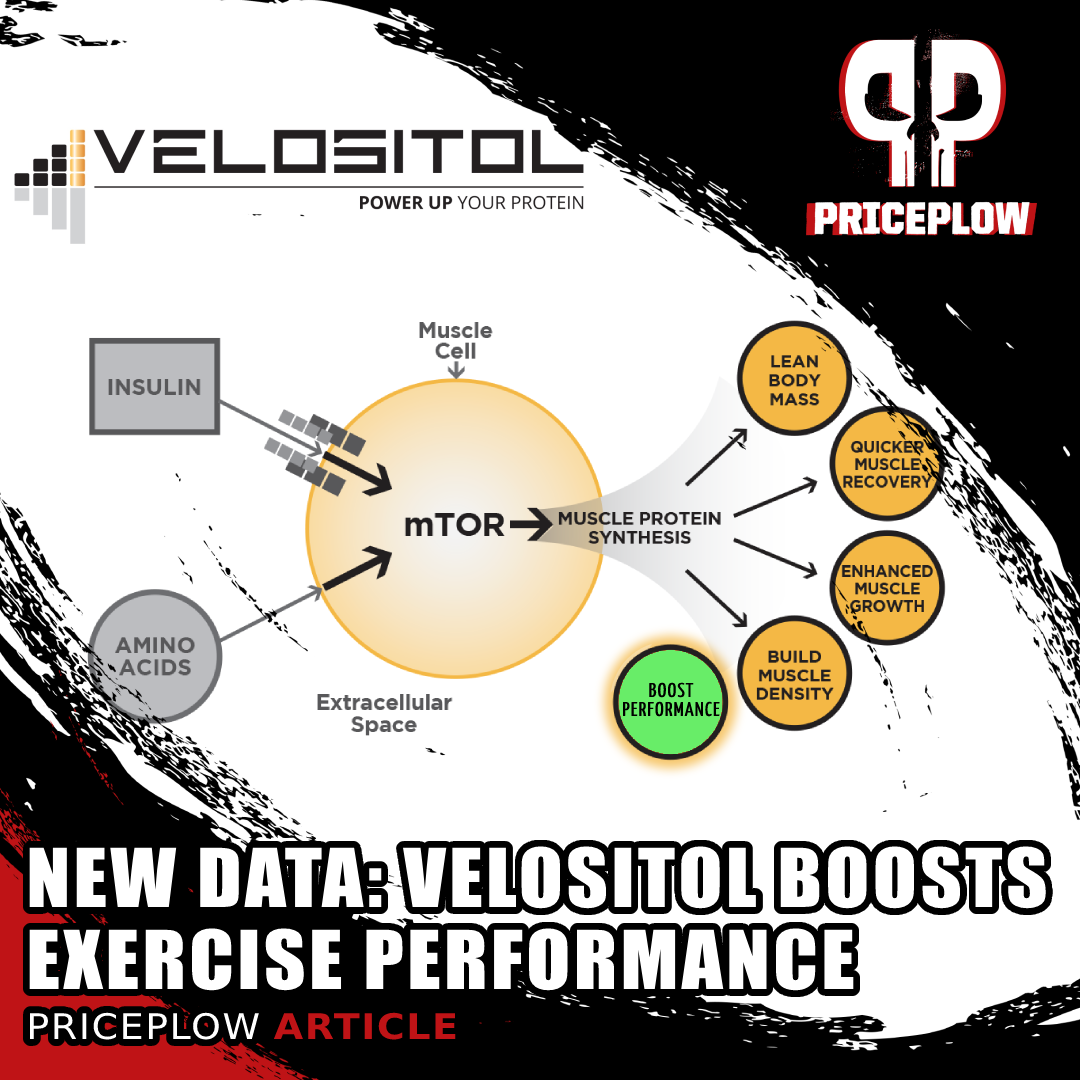
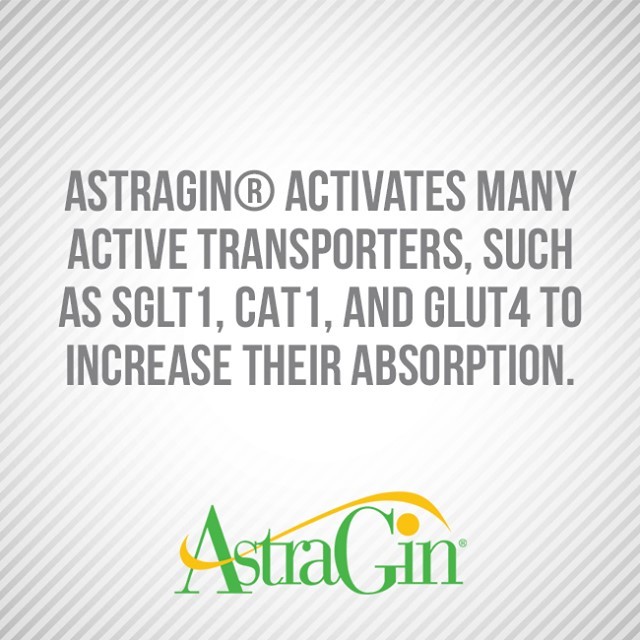
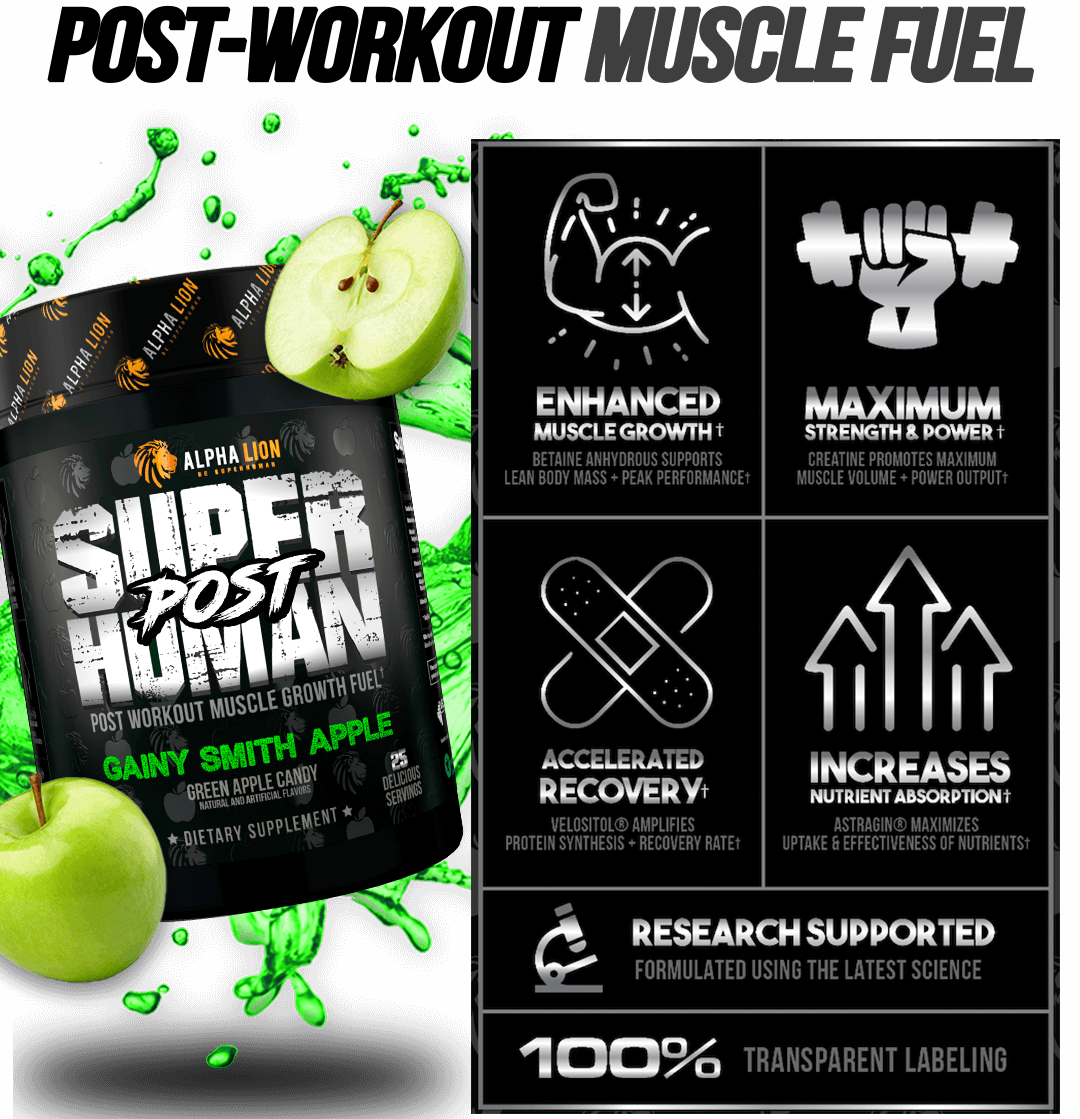



Comments and Discussion (Powered by the PricePlow Forum)